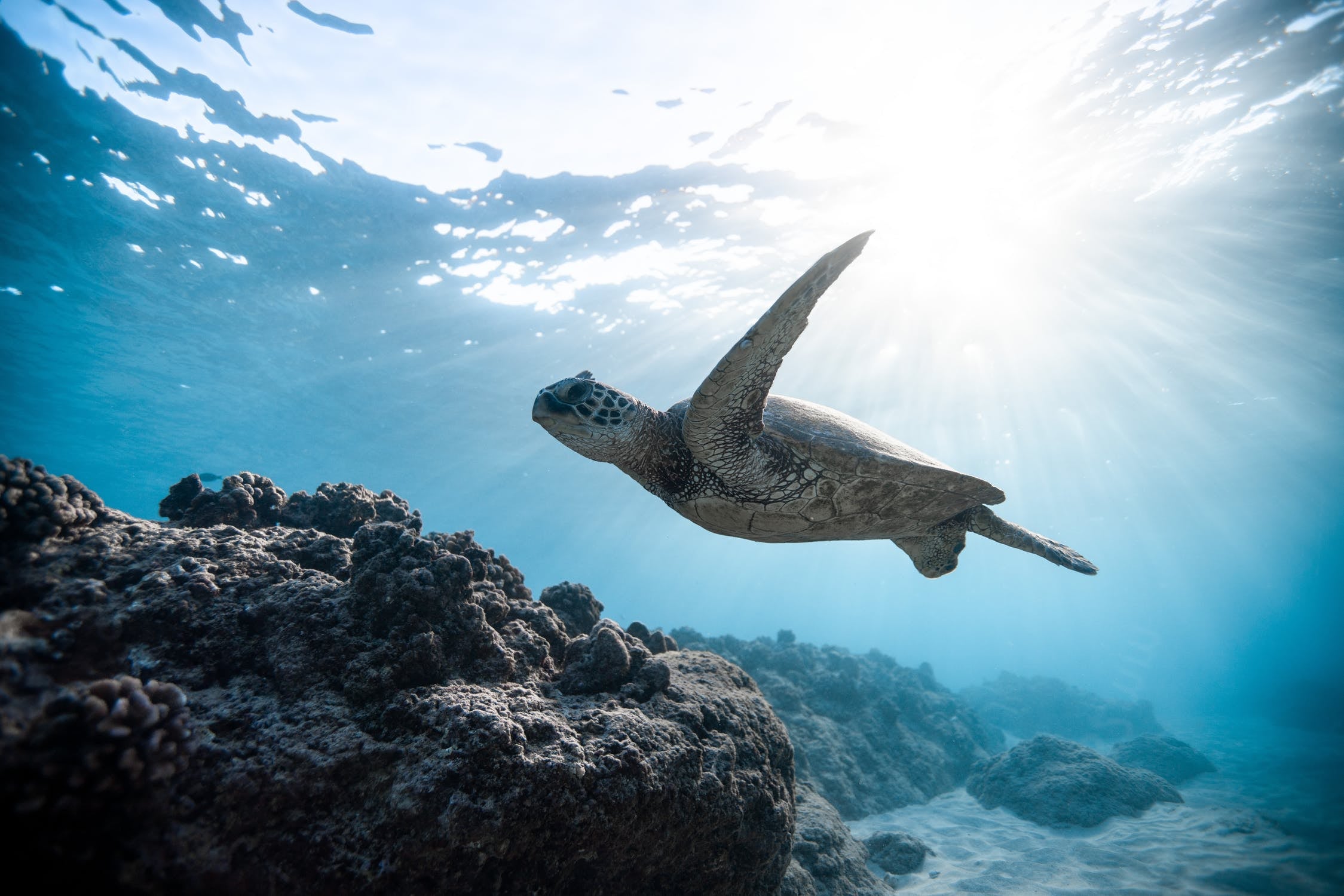Latin America and the Caribbean alone holds 40% of the world’s biodiversity. This natural capital is not properly valued in national accounts and cannot compete with other investment priorities.
During COP25 in Madrid, under the presidency of Chile, countries around the world discussed the various avenues for development, decarbonization plans and technological innovations that can limit the global temperature rise to below two degrees Celsius. Among other discussions, delegates sought infrastructure solutions to help build resilience or try to incentivize programs to reach the goal of net-zero emissions by 2050.
Even so, many of these conversations did not address a vital component: nature. Latin America and the Caribbean alone holds 40% of the world’s biodiversity and contains seven of the 25 critical biodiversity points, 11 of the 14 terrestrial biomes, and the second largest reef system on the planet. More than 30% of the fresh water available on Earth and almost 50% of the world’s tropical forests are in the region. Our terrestrial, freshwater, coastal and marine ecosystems contain some of the richest collections of birds, mammals, plants, amphibians and landscapes.
These natural resources are not only important for their beauty, but also generate important benefits of climate regulation and life support. A recent UN report showed that global ecosystems are currently absorbing 25% of emissions, and another 25% of emissions are being absorbed by the oceans. Nature-based solutions could account for 40% of the reduction in carbon emissions needed to limit global warming to less than two degrees Celsius by 2030.
Natural capital offers vital goods and ecosystem services
Natural capital is an asset that provides us with vital goods and services such as the food we eat or the air we breathe. Mangroves and reefs protect us against rising sea levels and the more intense storms resulting from climate change. But nature also drives the economy.
A recent study by the World Wildlife Fund estimated that nature provides USD 125 billion a year in free support to the world economy. For example, in sectors such as the tourism industry, coral reefs generate USD 36 billion a year, and in agriculture, beekeeping pollination directly contributes to the production of between 5% and 8% of world crops.
However, this natural capital is not adequately valued in the national accounts by the public and private sectors and, therefore, cannot compete with other investment priorities. Currently, the preservation of nature is perceived as a cost. This investment is not found as an item within the GDP or is assigned to a specific ministry or industrial sector. Therefore, nature is not preserved or used efficiently.
There are tools to quantify the value of nature, and every day they are more sophisticated. Some countries, such as Costa Rica, Colombia and The Bahamas have become pioneers in including this valuation in their national accounts, and others in the region, such as Uruguay, are beginning to follow. These accounts are a first step to take advantage of natural capital in innovative financing.
McKinsey estimates that between 300,000 and 400,000 million dollars are needed each year to preserve and restore ecosystems yet conservation projects receive only 52,000 million, mainly from public and philanthropic sources. This funding deficit can be partially reduced by mobilizing private investment, supporting private actors that are sustainably taking advantage of natural capital, facilitating private investment in conservation and restoration projects, and fostering private innovation in environmentally sustainable solutions.
A new laboratory to incubate and scale-up innovative solutions
There is a great opportunity to catalyze in an innovative way on the services of natural capital ecosystems of Latin America and the Caribbean for the benefit of the region. At the Inter-American Development Bank, we have created a Natural Capital Laboratory to incubate and scale up these innovative solutions and have begun to support initiatives in forest investment, capital market solutions for nature, nature-based infrastructure for resilience, blue carbon and applications of new technologies for nature. In short, we want to treat nature like the asset that it really is.
As global initiatives, such as the High Ambition Coalition for Nature, seek to unify the objectives of the UN Conventions on Climate Change and Biodiversity, a comprehensive view of the value of natural capital can help focus on the solutions that Mother Nature already gives us.
A good sign is that countries like Costa Rica, France and the United Kingdom are working to highlight the importance of the links between biodiversity, nature and climate change. Hopefully, we will see more support to increase investment in these solutions by the public and private sectors.
This is an adapted version of an article originally published in El País.
Photo copyright: Jeremy Bishop – Pexels
Read a new IDB publication on nature-based solutions here.


Leave a Reply